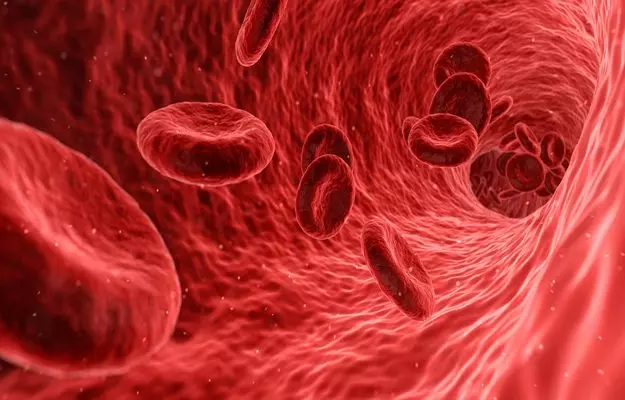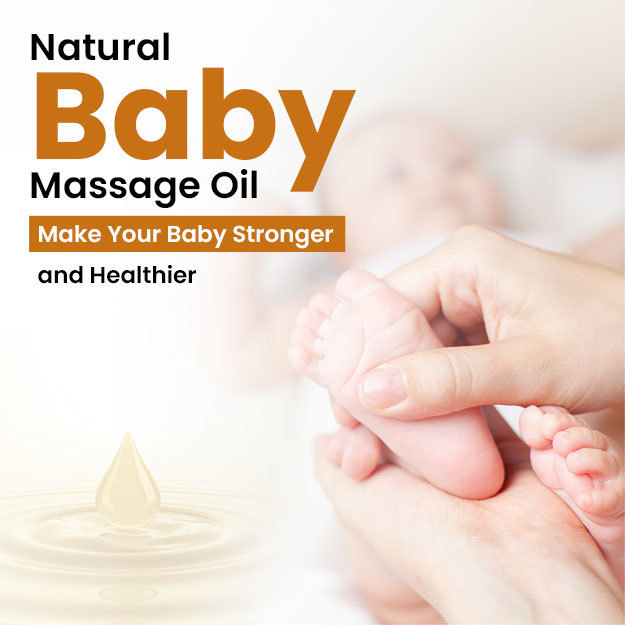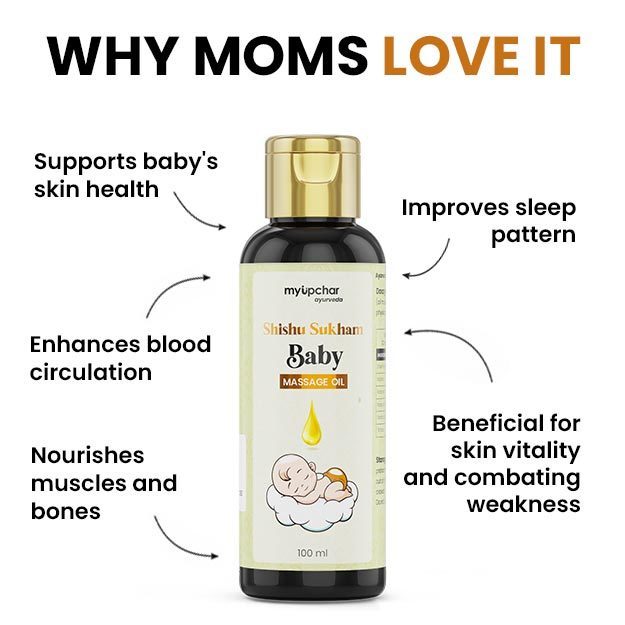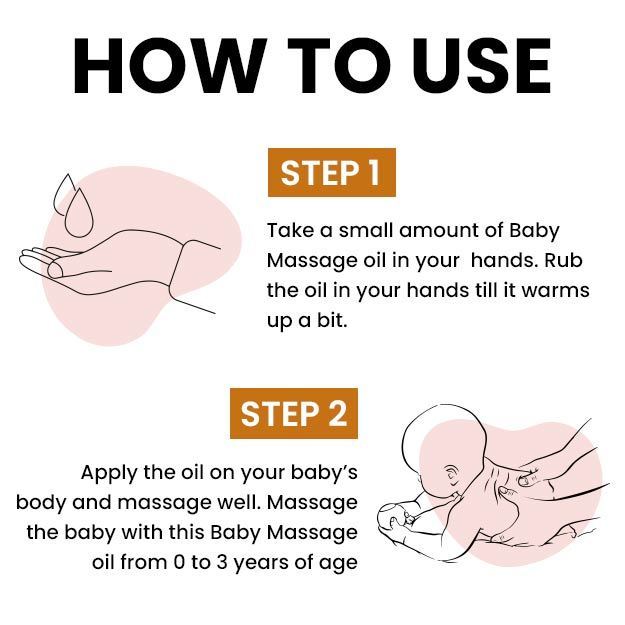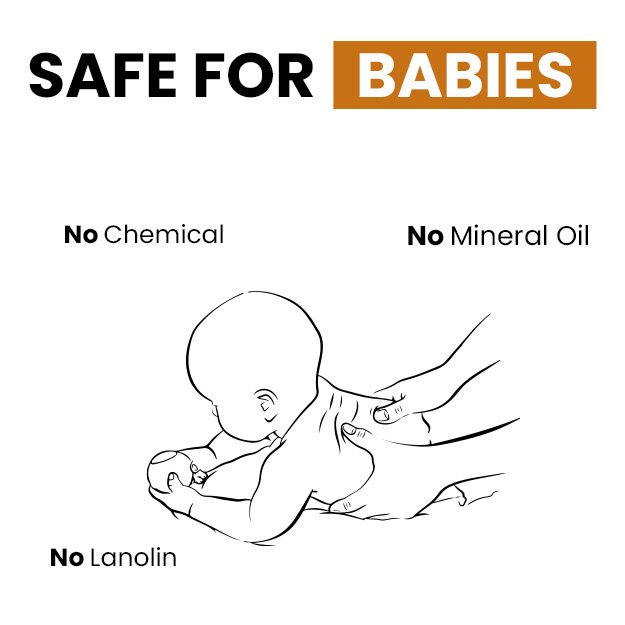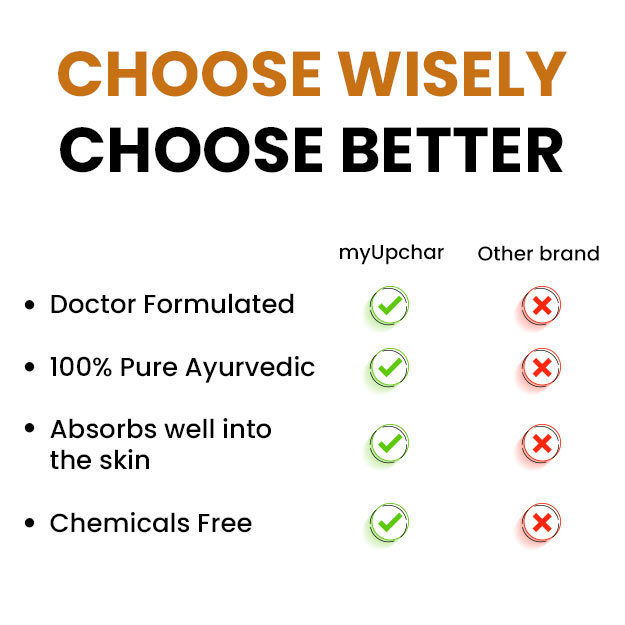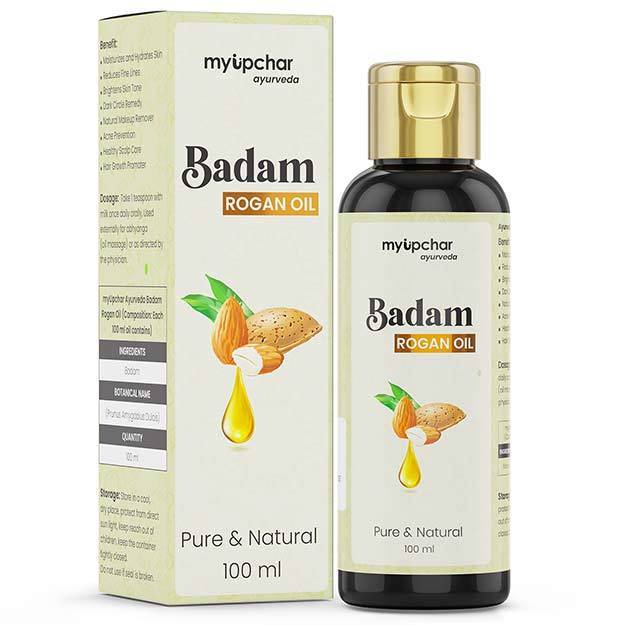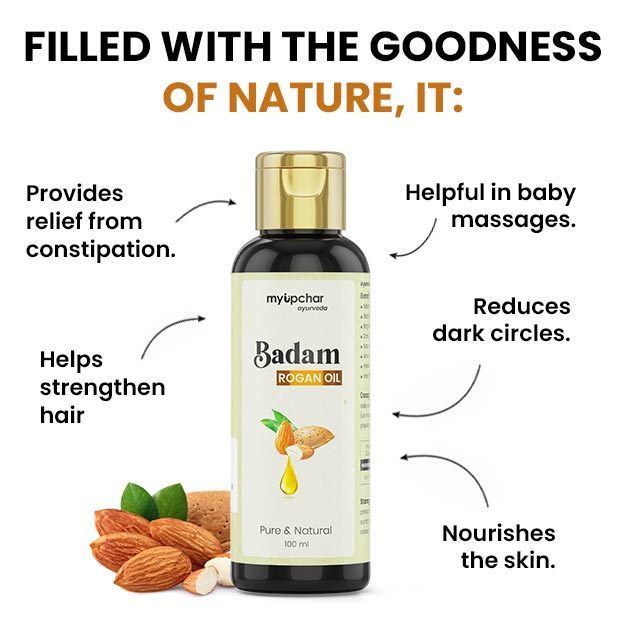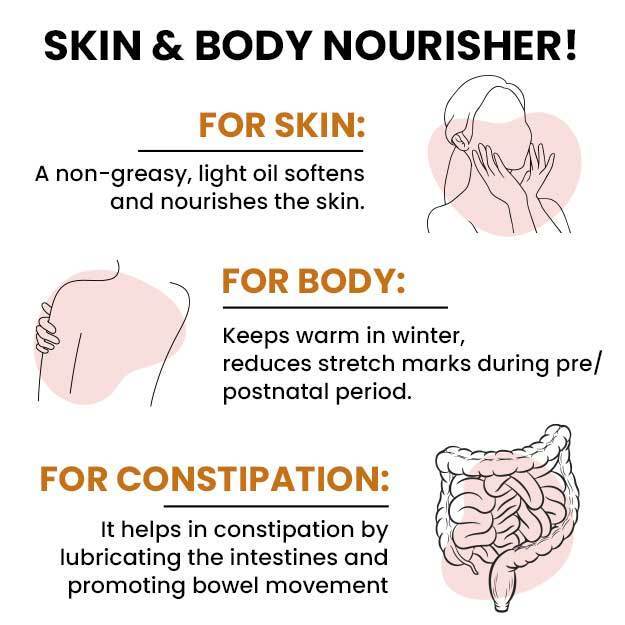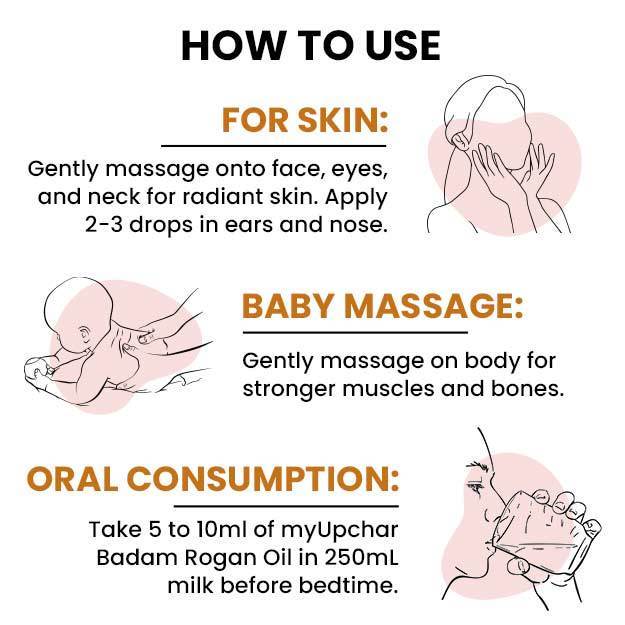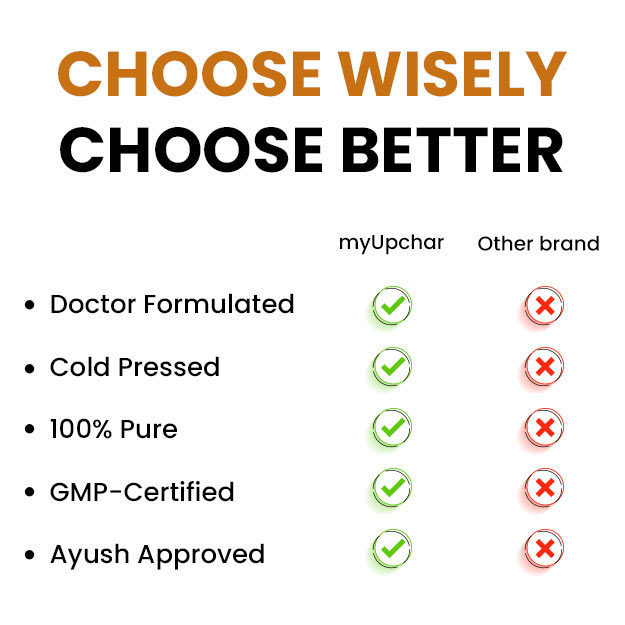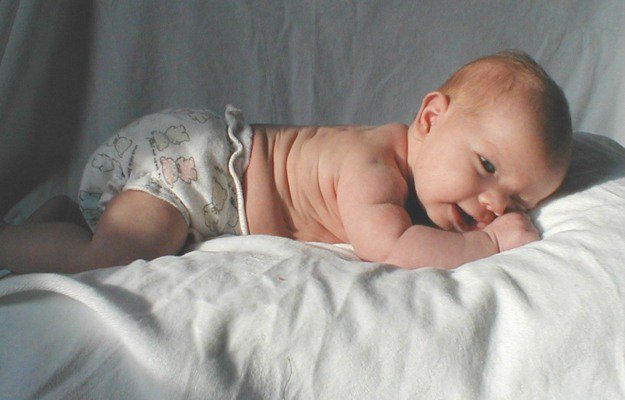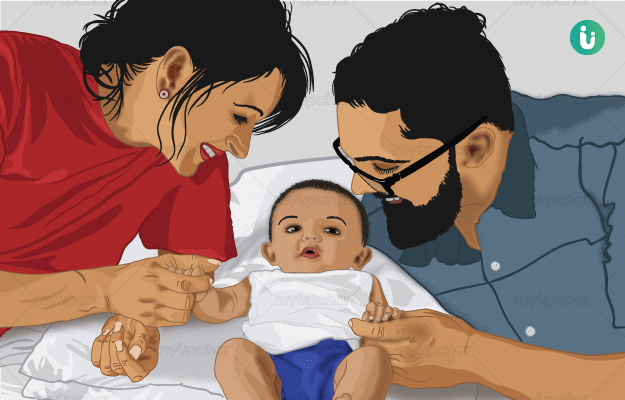Anaemia is a condition that can do irreparable damage - both in the long term and the short term. Having anaemia means the amount of haemoglobin in the body has decreased below normal levels. Haemoglobin is an iron-rich protein that binds with the oxygen in our lungs and transports it to every part of the body.
This can happen due to a number of reasons, including poor nutrition, parasitic infection, heavy menstrual blood flow, pregnancy or heavy bleeding due to any other reason. The body needs iron, folate and vitamin B12 to synthesise haemoglobin. So, if there’s an iron deficiency, folate deficiency or vitamin B12 deficiency in the body, it can cause anaemia.
While you might assume that anaemia is a condition that can affect you only after you’re a certain age, it can actually happen at any time - even right after birth. Anaemia in newborns, infants, toddlers and children of all ages is a possibility. In fact, in countries like India, anaemia is quite widespread among newborns and children.
According to a study published in the Indian Journal of Community Medicine in 2011, anaemia is one of the most common ailments to affect young children in India, with a 70% prevalence in most parts. It also explains that anaemia, like fever, is a symptom of an underlying condition and once the underlying condition is properly treated, it can improve the condition of the patient.
Whether it’s happening in newborns or children of any age, anaemia is a treatable disease unless it is inherited. Even in the most severe cases, if attention and care are provided properly, curing the condition is possible. Here is everything you need to know about anaemia in newborns and children.

